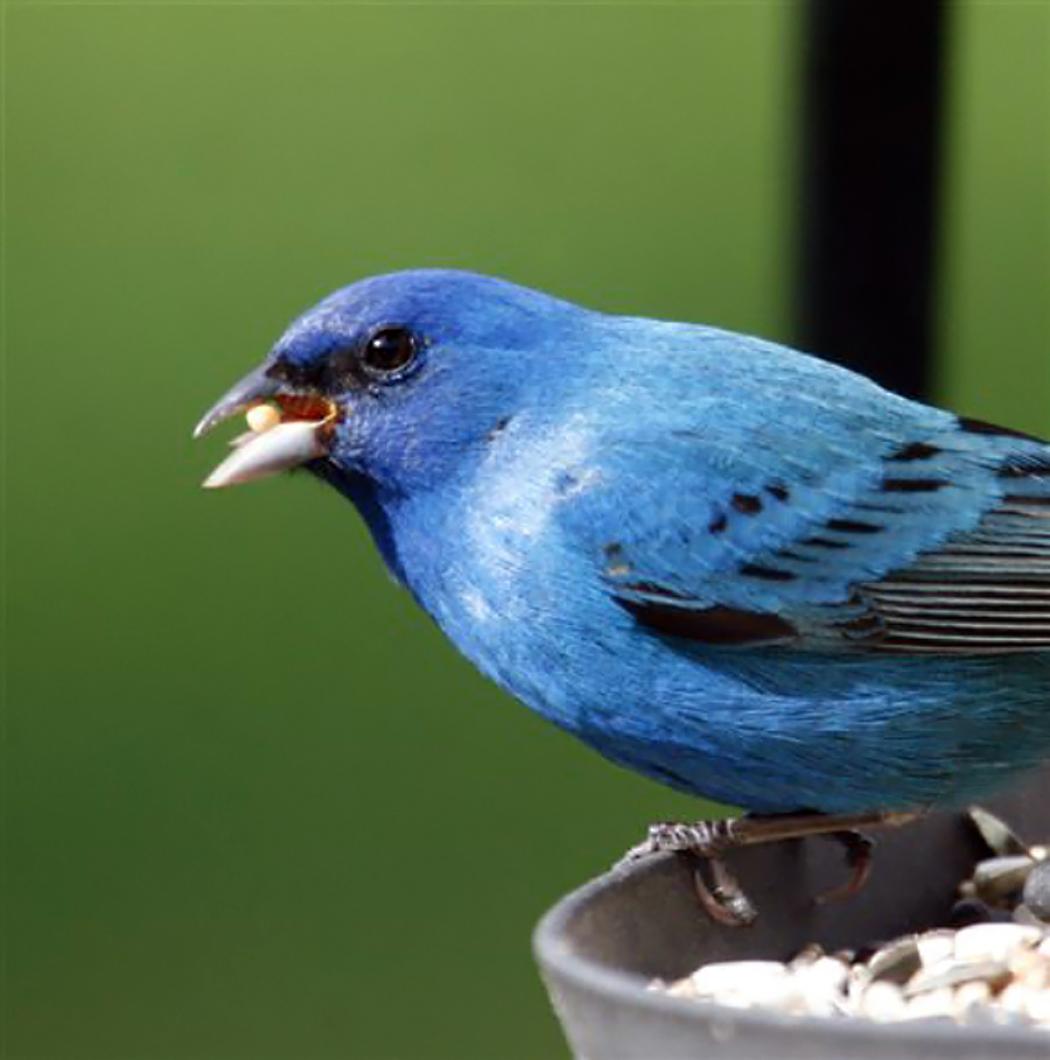Ospreys or fish hawks used to be very common along the shores of the mainland. Matter of fact, I recently heard that Buzzard’s Bay was so named due to the large number of ospreys found there. It appears that the less ornithologically inclined colonialists called ospreys buzzards in the 1600s. Probably several thousand ospreys summered along the south coast of Massachusetts when the first settlers arrived. The Birds of Massachusetts (Veit and Petersen) states that there were one thousand pair counted along the shore from Connecticut and Long Island to the Cape and Islands in 1940.
Then came the use of DDT and the horrors this insecticide produced. The osprey population on the mainland plummeted. It seems that the fish the ospreys were eating were loaded with DDT and DDE residues. This made it virtually impossible for the fish hawks to metabolize calcium resulting in thin egg shells which either broke or did not hatch. In 1972 DDT was banned and the ospreys have recovered well. Luckily, although DDT was used on the Vineyard, our population did not have the huge dip that the mainland birds experienced. Why that is remains a mystery.
In Vineyard Birds II, (Pesch and Whiting) we discovered that there were about five to ten pairs of ospreys in 1950. The 1960s brought problems for the fish hawks as the linemen removed nests from poles to avoid shorts and phone interruptions. This was remedied in the 1970s when Gus Ben David and crew erected osprey poles Island-wide. By 2006 there were 114 osprey poles and the osprey population doubled every five years from 1976 to 2006. Then another factor caused the decrease in the osprey population: food availability. Flocks of double-crested cormorants have vastly increased, and their need for similar food may be the reason for a diminishing osprey population. Overfishing by humans may also add to the mix.
“Our” ospreys have returned home to nest. It will be interesting to see how many pairs we have this year and how many offspring they produce.
Bird Sightings:
Non-osprey news is a follows: On March 22, Judy LoRusso saw the leucistic song sparrow by Wooten Basset Road in Chilmark. On March 25, Gus Ben David, Dick Jennings and Paul Schultz were out at Norton Point and spotted an adult peregrine falcon. On March 26, Whit Manter spotted an immature bald eagle. The bird didn’t have a full white head or tail so was probably a fourth year bird.
Martha Moore spotted a male northern harrier on March 26, and a female on the March 28 at Long Point, West Tisbury. On March 28, Joannie Ames of Seven Gates Farm watched two turkey vultures sitting in the field with their wings widespread. I thought this might be part of a courtship behavior, but it seems all that occurs in flight.
On March 31, Catherine Deese was pleased to see an indigo bunting at her thistle feeder, which is on North Road on the West Tisbury/Chilmark border.
Paul Magid decided upon further research that his dog Kodi did not flush ruffed grouse, but a pair of female or young ring-necked pheasants.
Osprey sightings since last week in chronological order:
March 24, Sally Scott Cook noted two birds on the Wades Cove, Chilmark nest.
March 27, Jim Rivard reported one bird at the end of Watcha Path, West Tisbury/Edgartown.
Also on March 27, Myron Garfinkle noted one bird at Scrubby Neck.
Same day, Frank Popp reported one bird at the regional high school nest.
March 28, Martha Moore reported one bird on the Long Point nest, West Tisbury.
March 28, Liz Packer noted one bird at the Katharine Cornell nest on Lake Tashmoo, Tisbury.
March 29, Suzan Bellincampi reported the Felix Neck osprey returned.
March 30, Edith Blake saw one osprey flying over Cronig’s market just after lunch.
Don’t forget the Osprey Festival at Felix Neck Wildlife Sanctuary is Saturday, April 10, from 8 a.m. to noon. Free admission to all morning activities, including an 8 a.m. bird walk by the Bird News’ favorite photographer, Lanny McDowell.
Please report your bird sightings to the Martha’s Vineyard Bird Hotline at 508-627-4922 or e-mail to birds@mvgazette.com.
Susan B. Whiting is the coauthor of Vineyard Birds and Vineyard Birds II. Her Web site is vineyardbirds.com.




Comments
Comment policy »